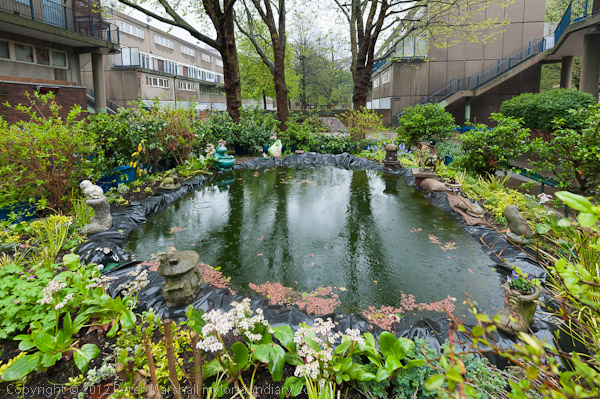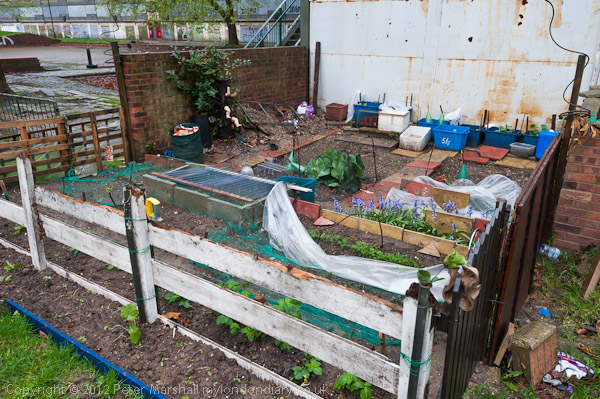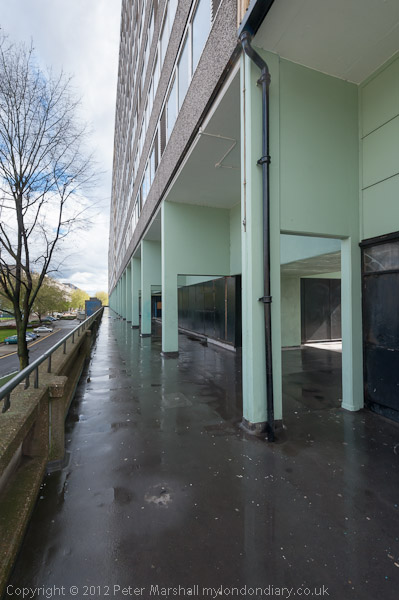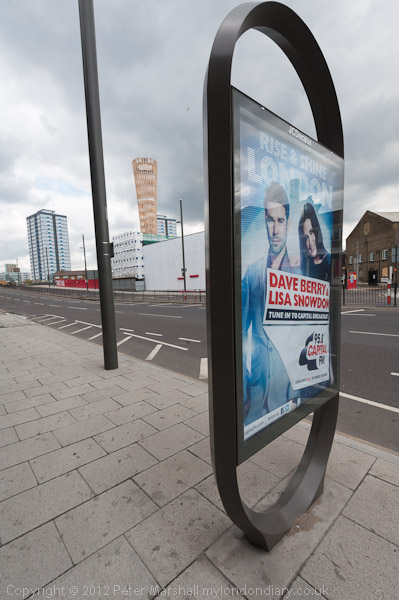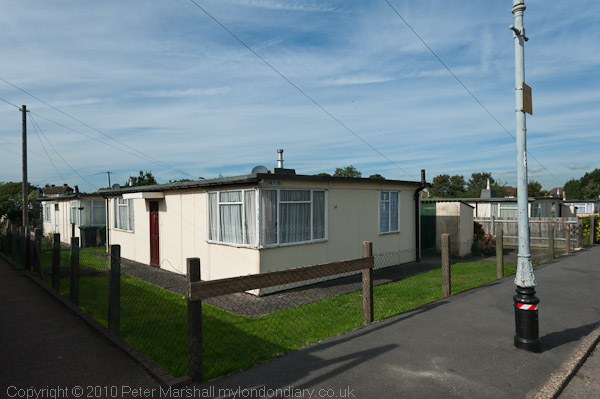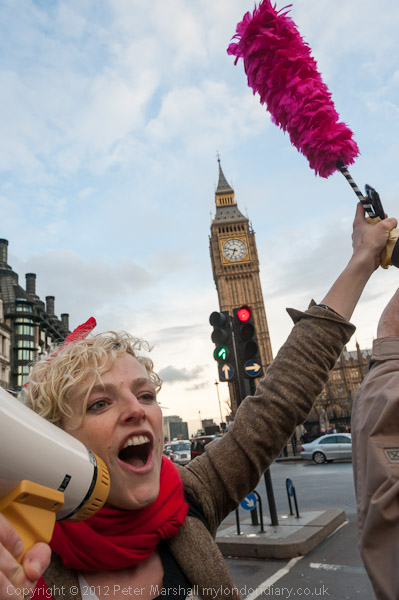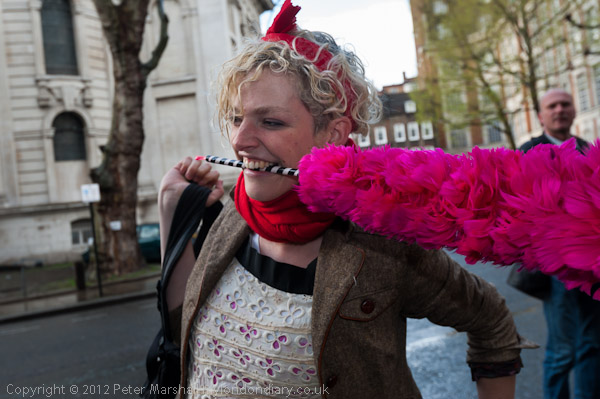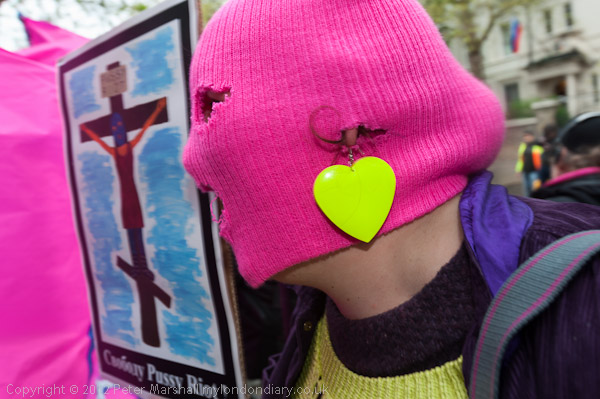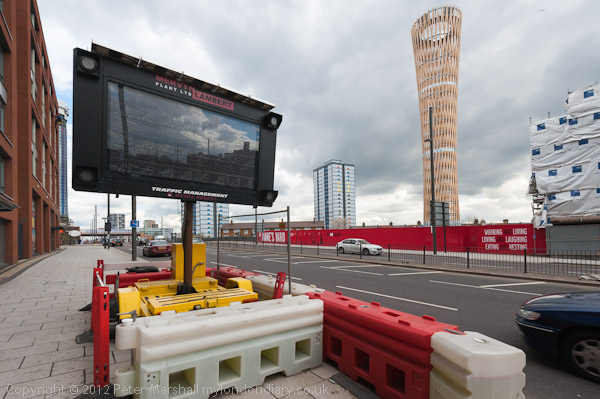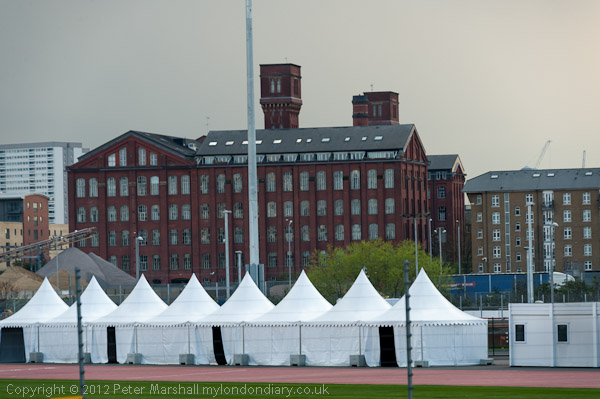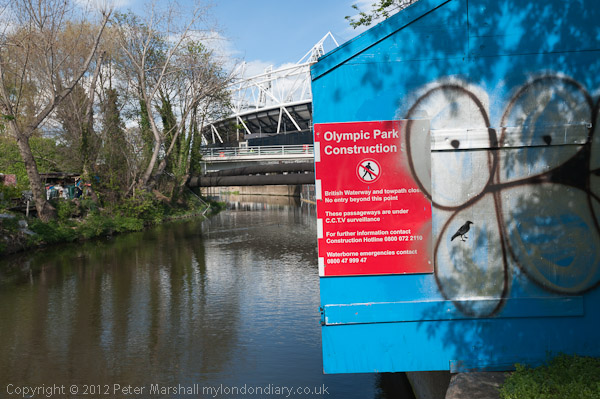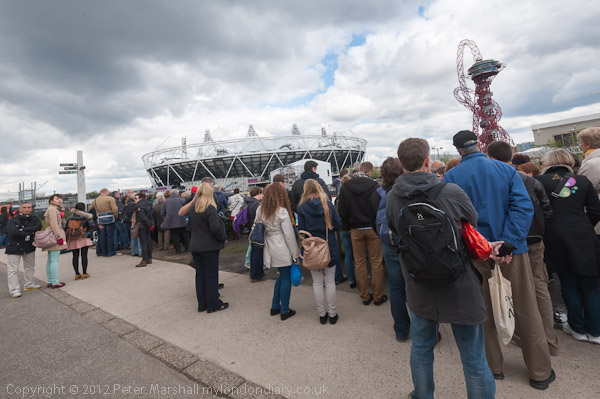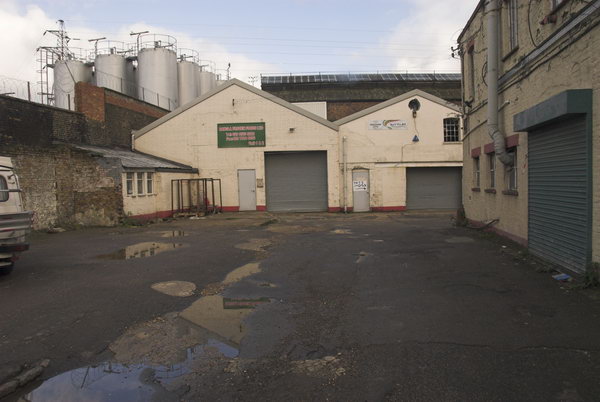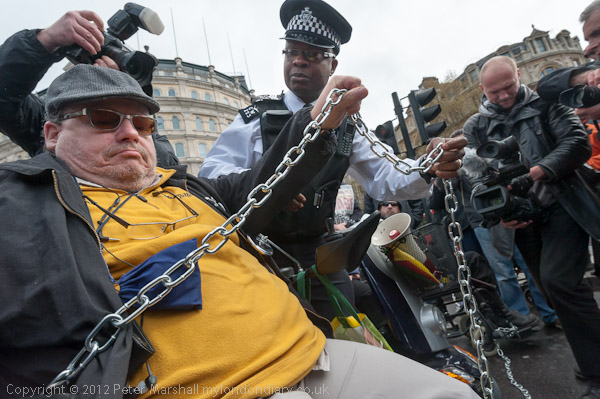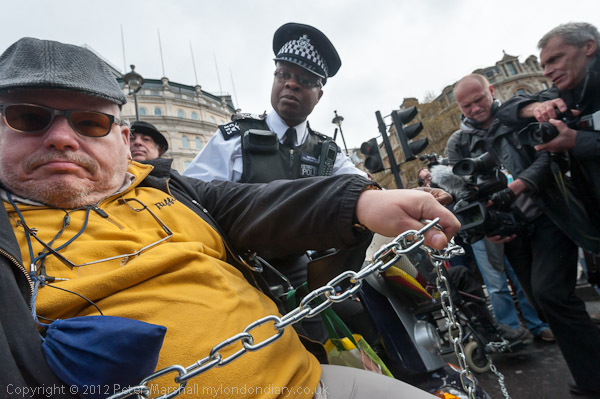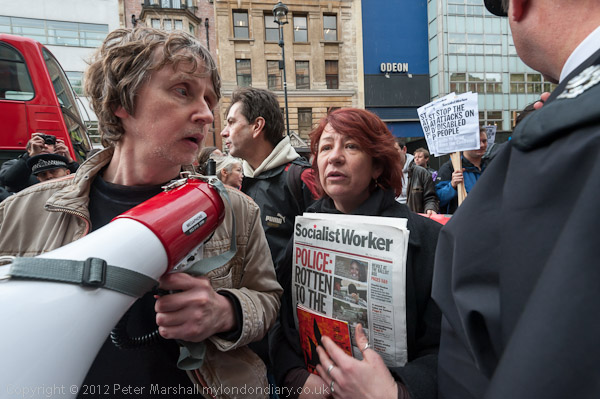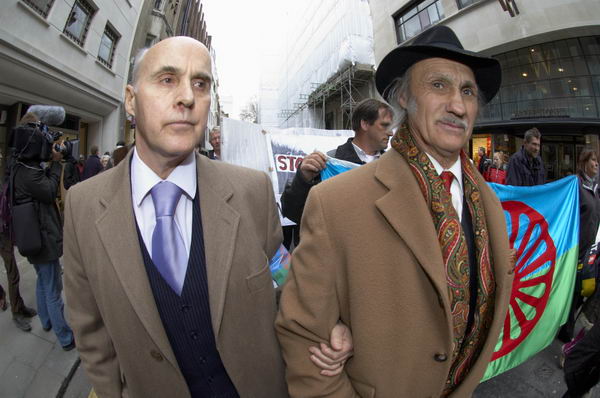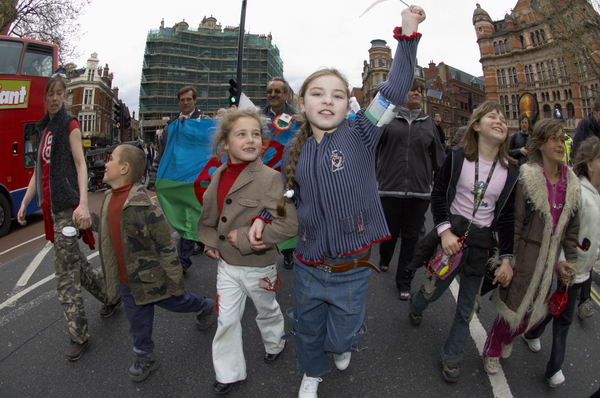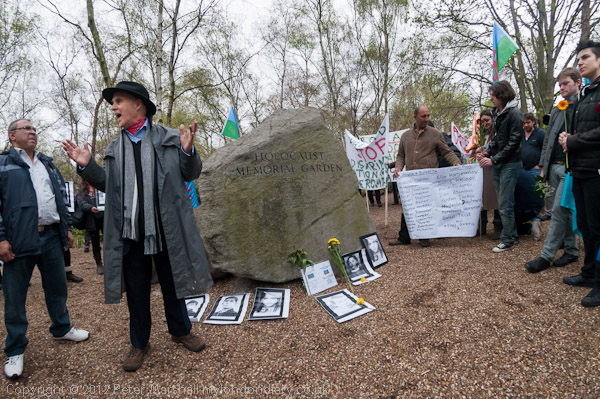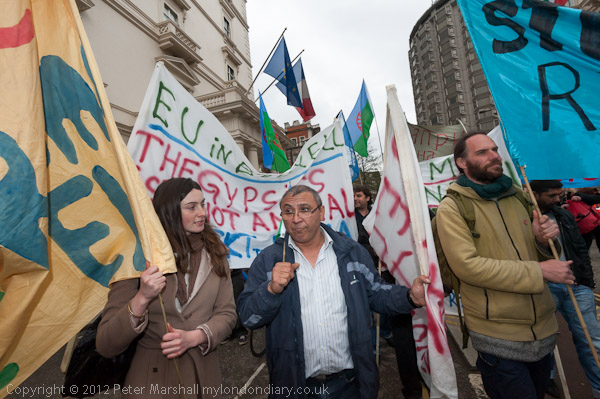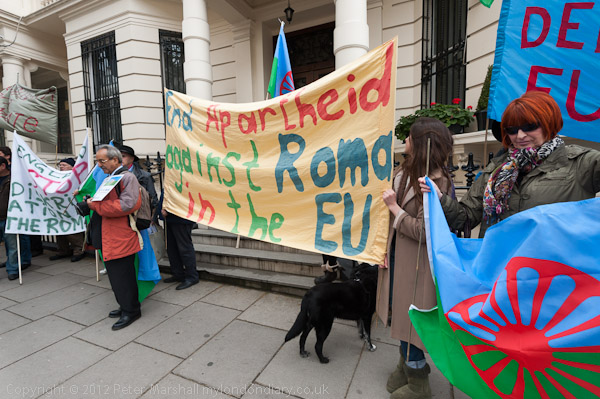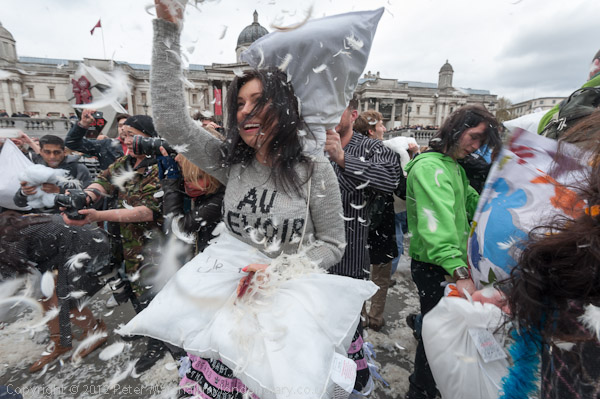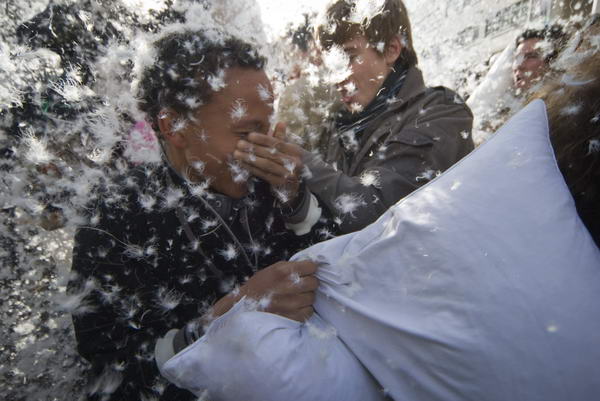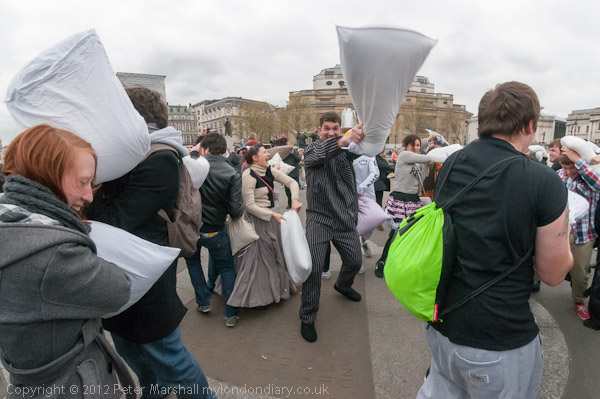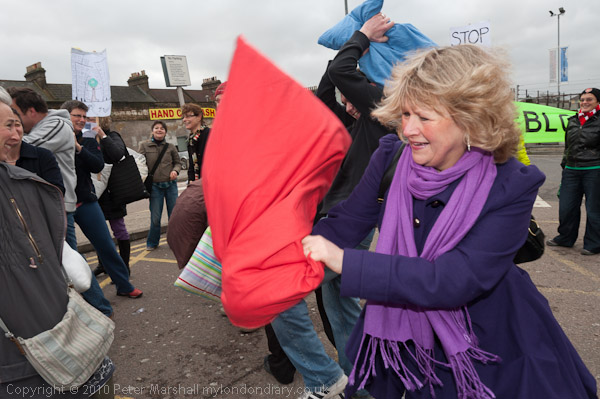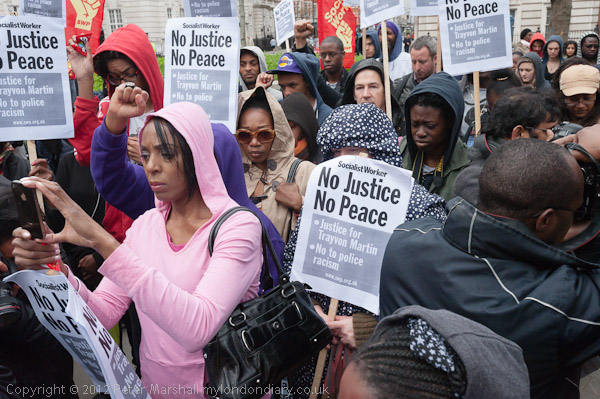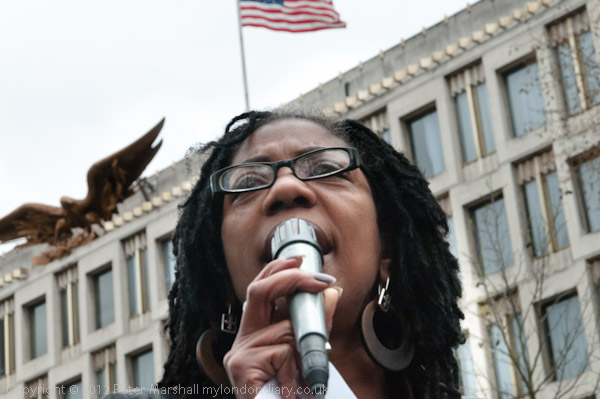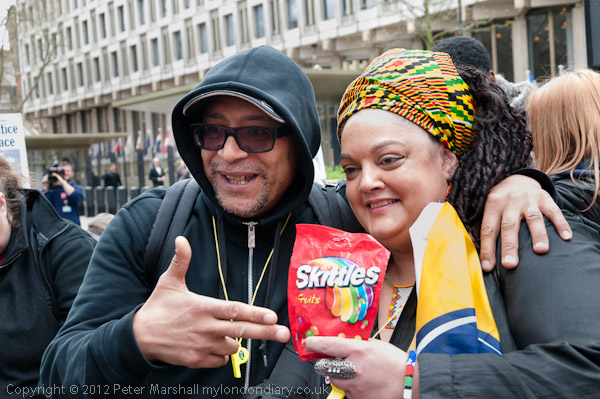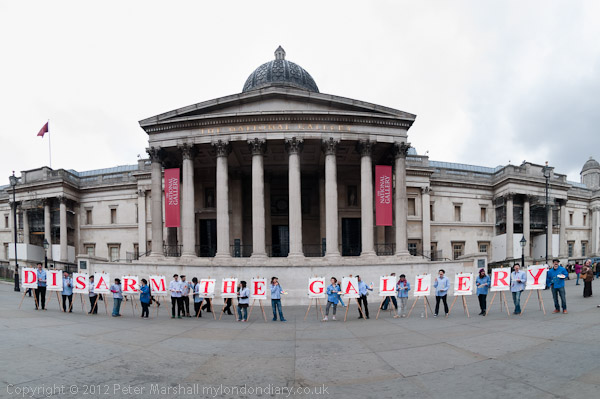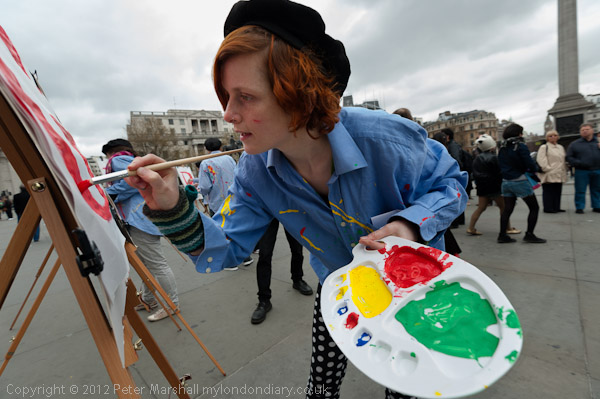This weekend is the last time – at least until the end of September – when you will be able to walk the section of the Capital Ring that goes along the Greenway from close to Pudding Mill Lane station to Hackney Wick. For a couple of weeks you will still be able to access the You Tube from Pudding Mill Lane Station, but all access will cease and the View Tube close down a couple of weeks later.
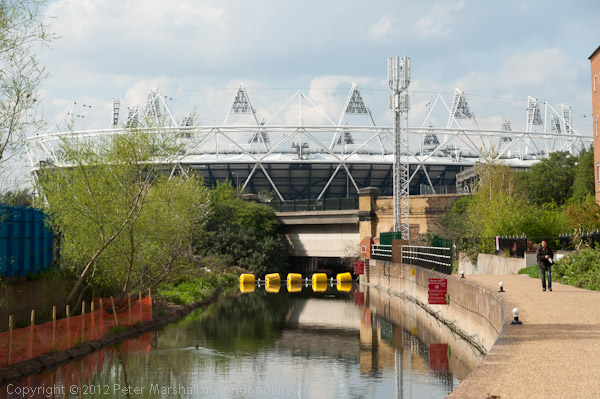
I went there on Friday April 13 for two reasons, firstly to check what was still open for the workshop I was running in 8 days time for the Museum of London based at the View Tube, and secondly as I’d been asked by a friend who works for a foreign news agency to show him around the area.
We walked down from Stratford Station, a much busier area now that the Westfield shopping centre has opened, going through the 60s council estate which seems to be being deliberately run-down – with many empty flats despite Newham’s desperate housing shortage which got them in the news this week for trying to rehouse their homeless more than a hundred miles away. It’s certainly a prime site for private development, with large new blocks of flats and hotels appearing on nearby Stratford High Street every time I pay a visit.
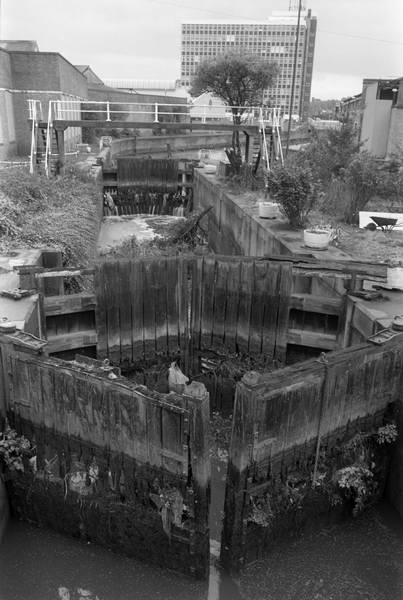
City Mill Lock, 1990
At City Mill Lock I was surprised to see a small boat actually in the lock. Until a few years ago, this had old wooden gates that were long beyond use. The City Mill River was widened and made navigable for large barges as a part of a flood defence and employment provision scheme covering the area in the 1930s, but seems never to have been used by barges, and was more or less completely abandoned by the 1960s. Those wooden gates don’t look as if they were replaced in the 1930s, but a few years back I watched the lock being completely refurbished with completely new gates. But this was the first time I’d actually seen them in use.
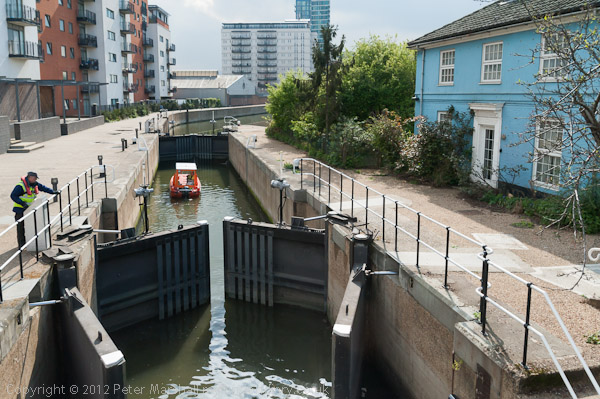
The double gate was needed because the Waterworks River which it leads to, underneath the bridge from which I was photographing used to be tidal, and its level could be either above or below that of St Thomas’s Creek and the City Mill River at the further end of the lock. Probably it was never really needed, as the Waterworks River was only navigable around high tide, so the lock would only be needed when the level was the same or higher, and with the new lock on the Prescott Channel, built but hardly used for the Olympics, the river is no longer tidal.
My friend also took some pictures, and we walked down the steps to the lock side, where the man operating the lock – a G4S security guard – objected to having his picture taken. My friend laughed at the man, and told him he had every right to take photographs and the argument continued for a minute or so. I stood a little to one side as a witness, ready to take pictures should the situation escalate, thinking to myself that it was a pity my camera didn’t take videos or at least record audio, as still images really didn’t capture the situation.
Although the security man objected to being photographed, it became clear that he wasn’t actually going to do anything about it. His objection was that it would have been polite to ask his permission rather than security related.
I talked to him briefly about the lock and the Bow Back rivers, and we had a polite conversation, though I found he knew rather less than me. Had I been on my own, after taking the overall picture from the bridge I would probably have done this before going on to take his picture, but that’s just a difference in the way we chose to work, not something I need to do. If he’d been reluctant to be photographed and I needed the picture I would have still have taken one, but usually people don’t mind if they know what you are doing. But I didn’t particularly want a closer picture of him – I was more interested in the boat going through the lock and a picture that showed that and him operating the gates.
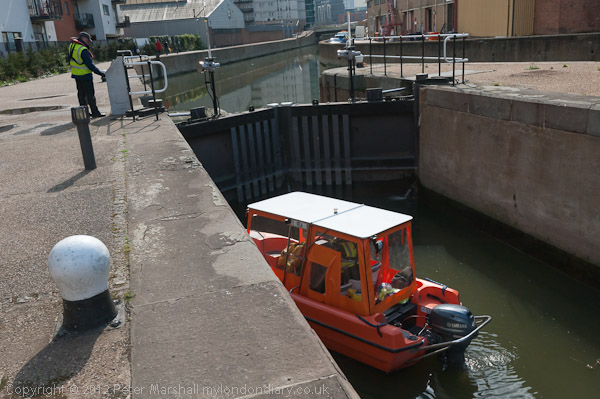
We went on and up to the Greenway and the View Tube, and although we saw (and he photographed) some of the other security men around, none of them objected. Of course they are used by now to crowds of tourists with cameras. But in other areas around the Olympic site there can still be problems with over-zealous security men who don’t know or understand the law, as some of my colleagues found a few days later. A group of them were stopped and two were assaulted while photographing the Olympic site from the public highway. What was particularly worrying was that their manager who came out after a minute or two defended their behaviour and is reported to have said that ” they were trained to deter people from taking photographs.” The report continues: “We asked for police to attend and two SO23 officers soon arrived, confirmed that our behaviour was entirely lawful and the G4S guards retreated back into the Olympic site.”
There will I’m sure be further such incidents, and G4S and other security companies really do have to address the issue of keeping within the law and giving their personnel the training that is needed to do the job properly. Any manager who thinks that they should be “trained to deter people from taking photographs” should at least be severely disciplined and sent for re-training in a proper attitude towards the public, if not dismissed.
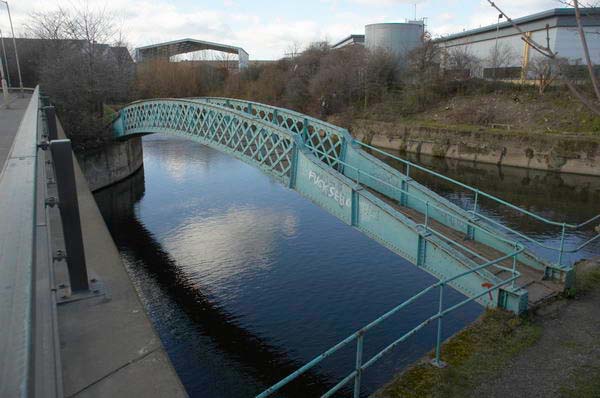
Paths like the one across this bridge were closed years back – and no doubt that iconic ‘F**k Seb Coe’ graffiti we all photographed has disappeared
Most of the rights of way that existed across the Olympic site were extinguished some years ago, leaving only the Greenway and the Lea Navigation towpath. Part of the Greenway has been closed for some time, at first for the Olympics and following on for the construction of Crossrail, and this section is expected to remain closed for another couple of years. After the end of May there will be no public access to the rights of way in the area at least until the end of September.
While I was there I made several new panoramas, including this from the exact spot where I photographed around ten years ago before any of the disruption, and have continued to do so except when access was impossible or for a period when the view was almost completely blocked by the blue fence. I found someone sitting close to it and painting the scene.
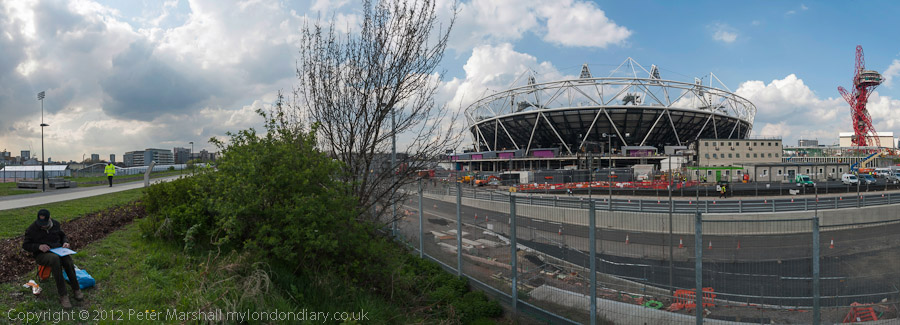
Greenway and Olympic site – 155 degree view
Rt click &’View Image’ for larger version
and continuing around the site a further view from a different viewpoint – the side window of the viewing gallery at the View Tube.

Southern end of Olympic site from View Tube – 200 degree view
Rt click &’View Image’ for larger version
The two views use a different projection, the upper one is equi-rectangular and the lower cylindrical, usually more suitable for extreme angles of view. Both are quick stitches using PTGui, and not quite finished images, and a little on the dark side.
More pictures at Olympic Site Revisited.
________________________________________________________
My London Diary : Buildings of London : River Lea/Lee Valley : London’s Industrial Heritage
All photographs on this and my other sites, unless otherwise stated are by Peter Marshall and are available for reproduction or can be bought as prints.
To order prints or reproduce images
________________________________________________________
